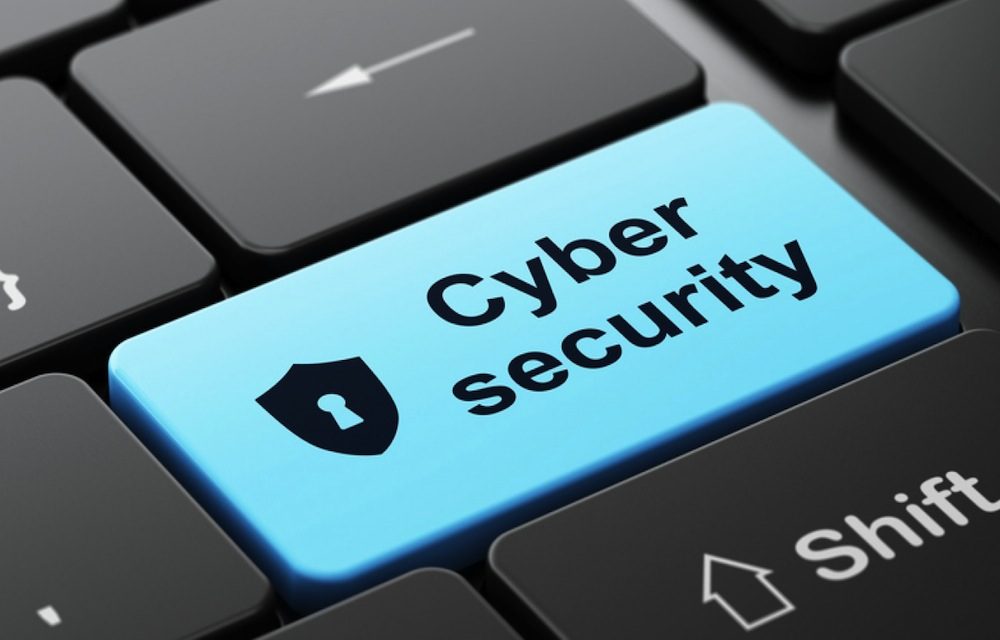Beginning in the Zhou Dynasty, which was in the 11th century BC, construction was started on what became the Great Wall of China. For 2,700 years, culminating in the mid-1600s, construction continued on the wall until it stretched 4,163 miles from east to west China. The wall was constructed to prevent invasion by other states of China and outer tribes.
When you connect your PC to the Internet through cable, dial-up, or DSL, it is like China before the Great Wall. Anyone can invade your PC and plunder, pillage, and destroy content on your PC. A firewall acts just like the Great Wall of China. When installed, it acts as a barrier between your PC and the outside world. It prevents unwanted and unauthorized access to your PC over your Internet connection.
 Firewalls come in two basic forms:
Firewalls come in two basic forms:
Hardware firewalls – hardware firewalls are a piece of hardware, like a PC, that gets installed between your PC and your Internet connection. A cable from your cable or DSL modem gets connected to the hardware firewall, and another line is connected from the hardware firewall to your PC. When done, the hardware firewall acts as a barrier between your PC and the Internet. It lets you get out to the Internet, but it does not allow unauthorized access from the Internet to your PC. Many cables, DSL, and wireless routers/switches have firewalls built into them.
Software firewalls – A software firewall serves the same purpose as a hardware firewall. It, however, is software that gets installed directly onto your PC. The software monitors all inbound and outbound Internet traffic and creates a software barrier between the Internet port into your PC and everything else on your PC. Once installed, it lets you get out to the Internet, but it does not allow unauthorized access from the Internet to your PC. Software firewalls have an advantage in that they can implement rigid controls over what software installed on your PC will be allowed to access the Internet.
Many people use both a hardware firewall and a software firewall. It is similar to having a fence to protect your yard and then a front door to protect access to your house. Everyone should use at least one firewall, hardware, or software. If you have a laptop, you should use a software firewall. That way, the firewall goes with you wherever you go, protecting your PC.
Find more information on software firewalls here.
Plug the Holes – Make Sure to Download Operating System Updates and Patches
By now, the security holes and flaws in Windows have become legendary. Microsoft publishes a steady stream of fixes, patches, and update releases to their credit to plug all known security holes, flaws, and problems. For your PC to benefit from these patches and updates, you must, at a minimum, download and install the critical security updates that Microsoft makes available. You can do this one of two ways:
You may download and install them manually by visiting the “Microsoft Update” link on the Microsoft website. For newer versions of Windows, such as Windows XP, you can turn on the “Automatic Updates” feature of the operating system and allow the updates to be downloaded and installed automatically. Either method works well. The “Automatic Updates”
the route takes the thought and work out of the process. Regardless of which way you choose, the important thing is to keep Windows up to date. Out-of-date versions of Windows can leave your PC open to hackers and viruses. If you are using Mac OS or LINUX, then none of this applies. You are already using inherently more secure operating systems. However, it is still important to install updates and patches to these operating systems as well to be up to date and provide the best protection against unwanted intrusion.
READ MORE :
- These Items Are A Must Before Making The Decision To Purchase Any Off-The-Shelf Software
- Crucial Firefox Extensions for Bloggers
- Great Web Website hosting Pointers for Running a blog
- Computer Optimization Windows
- Business Plan for a Computer Repair Business











